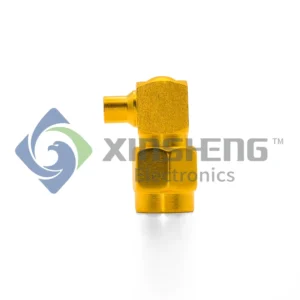SMA (SubMiniature version A) connectors are semi-precision coaxial connectors widely used in RF and microwave applications up to 18 GHz. Developed in the 1960s, these threaded connectors feature a compact design with 50Ω impedance, making them ideal for wireless systems, test equipment, and aerospace applications. The SMA's robust construction combines reliability with relatively easy field installation, though proper torque application is critical for optimal performance. With both standard and reverse-polarity configurations available, SMA connectors serve as a versatile solution for frequencies where larger connectors become impractical.
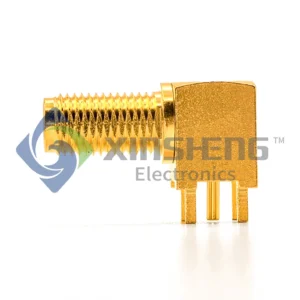
SMA-BHD, Right Angle,Solder,50 Ohm, DC-3GHz, brass/gold, RoHS compliant,Bulkhead - Front Mount
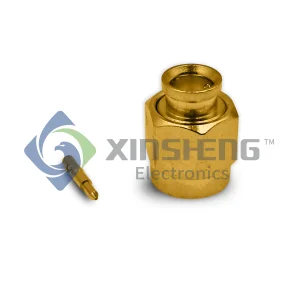
High-precision SMA JB3 Connector with DC–8.5 GHz support. Gold-plated for durability and ultra-stable signal.
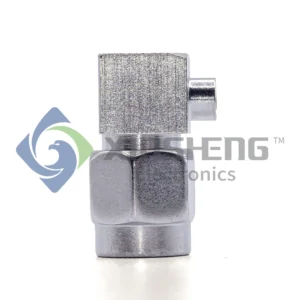
SMA,Right Angle,Solder,50 Ohm,RG-405,Cable Mount, DC-3GHz, brass/gold, RoHS compliant,Plug
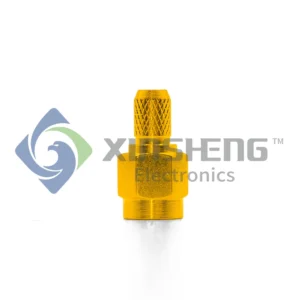
SMA,Stright,Solder,50 Ohm, Cable Mount, For RG-58,DC-18GHz, brass/gold, RoHS compliant, Plug

SMA,Stright,Solder,50 Ohm,Cable Mount,For RG-58,DC-18GHz, brass/gold, RoHS compliant,Plug
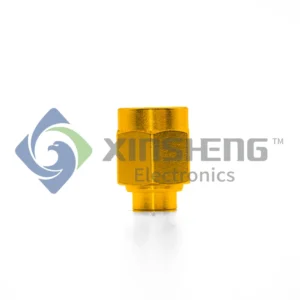
SMA-JB3,Stright,Solder,50 Ohm,Cable Mount,For SM141,DC-18GHz, brass/gold, RoHS compliant,Plug

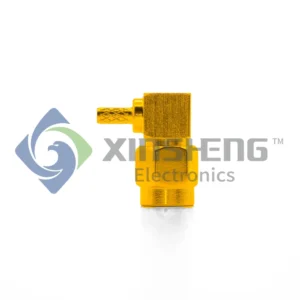
SMA-JB3,Right angle,Crimp,50 Ohm,Cable Mount,For RG-316,DC-18GHz, brass/gold, RoHS compliant,Plug
